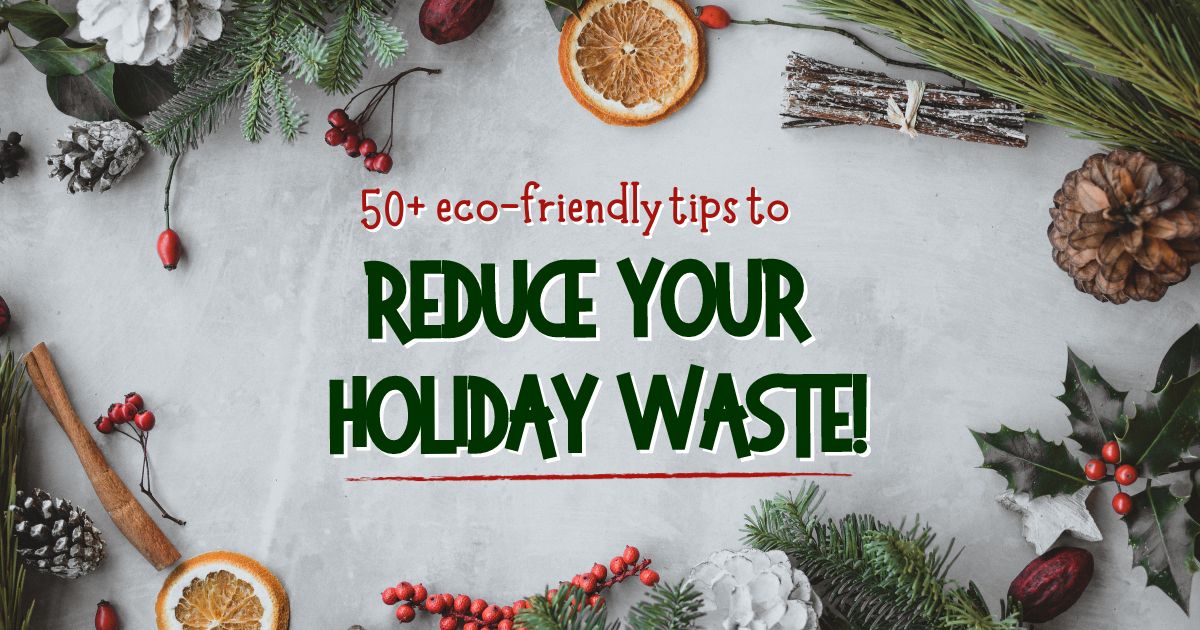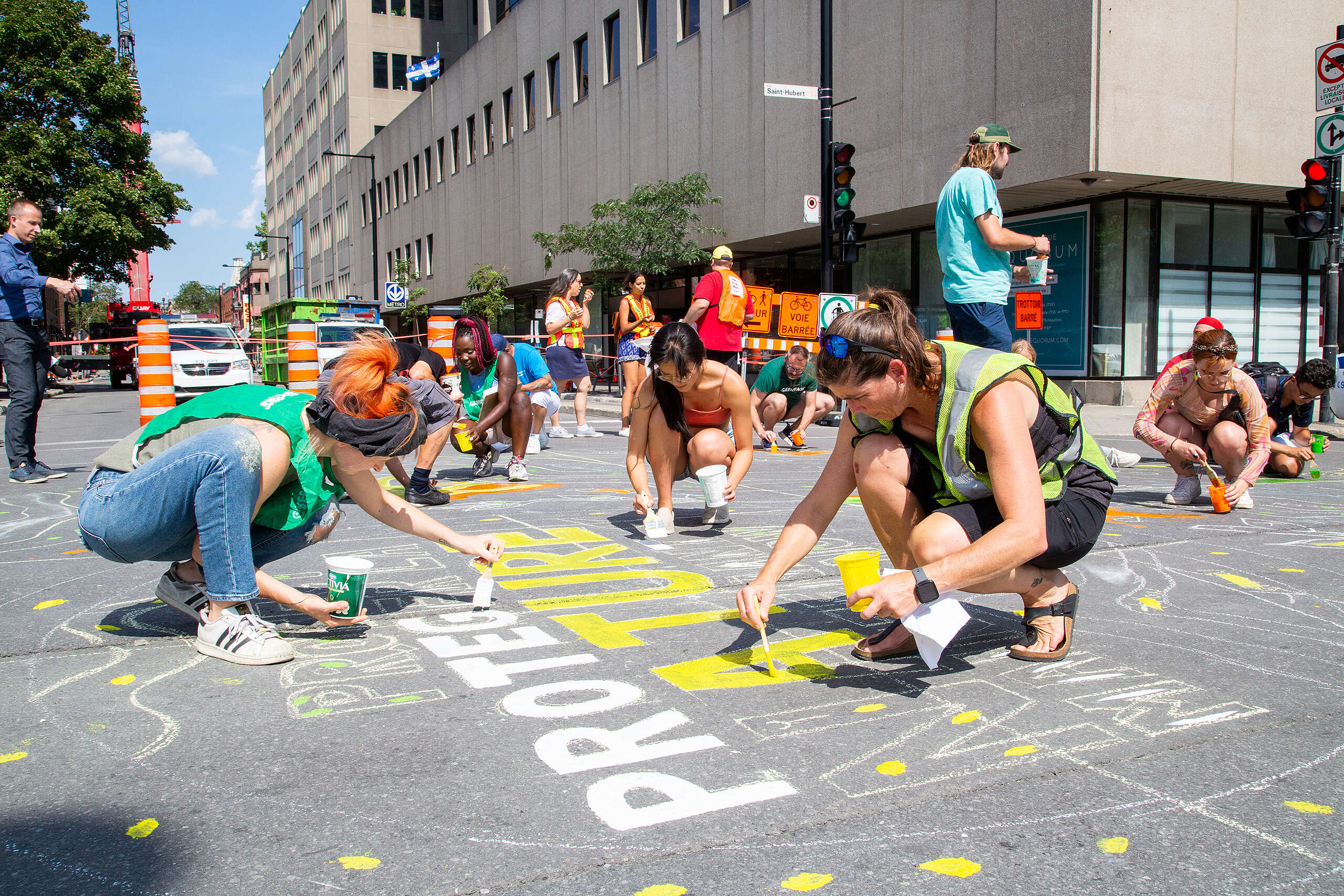In 2019, with the federal election just around the corner, the Trudeau government made a promise to ban single-use plastics by 2021. An important, albeit overdue, step in that process has now been completed with the release of the Draft Science Assessment on Plastic Pollution. So what next? Now’s the moment for the feds to decide what types of plastic should be on the ban list, and we have thoughts!
What was the point of that science assessment?
The scientific assessment was conducted as part of the process for listing a substance as “toxic” or a “priority substance” under the Canadian Environmental Protection Act (CEPA). It is basically a literature review of the existing science related to the impacts of plastic on the environment, wildlife and human health. The report is intended to inform steps taken by the government to create regulations to address the harmful impacts of a substance, so in this case plastic. It looked at macroplastics (>5mm, so a chunk, eg. bottle cap, bag, chunk of styrofoam) and microplastics (<5mm, eg. microbeads, microfibres, pieces broken apart from larger items). Nanoplastics are a sub-category of microplastics measuring less than 100nm.
The report concluded what we already knew. Plastic pollution…..
- is ubiquitous in the environment
- degrades very slowly and is persistent in the environment
- is ikely to get worse and cause more negative impacts
- is causes by various sources
- requires immediate action
The report succeeded in making the case for the government to proceed with action, and Minister Wilkinson has noted that the feds will move ahead with its intended ban in 2021. But what we don’t yet know is what that ban list will include.
Does the report suggest the types of plastics that are the most harmful?
The report does not provide guidance on the types of plastics like bags or bottles that should be regulated. That’s what the government will be determining as it drafts the plastic regulations. And that’s why we need to make it crystal clear that the government must regulate plastics in a way that mirrors the scale of the problem. So, what does that look like? Let’s break it down!
What MUST a ban on single-use plastics include?
Greenpeace is urging governments to move toward a phase out of all non-essential plastics, starting with a group of the most problematic and unnecessary in 2021.
These include plastics that…..
- are found in the environment, as pollution
- are known to be toxic
- regularly end up in landfills despite recyclability claims
- have an existing reusable alternative option
When you overlap the types of plastics that meet the requirements above, you come up with a list that is no surprise to anyone who sees overflowing garbage cans in their communities, has seen images of negatively impacted wildlife, has participated in a community cleanup, or on a positive note, has used alternatives at local restaurants or stores. Plastic packaging makes up almost half of the total plastic waste generated each year in Canada. To start to get at that massive mound of trash, and leaked pollution, we need to address the following disposable packaging related items and materials…..
- bottles and caps
- wrappers and multilayered packaging
- bags (all weights and formats)
- cups and lids
- straws and stir sticks
- utensils and chop sticks
- takeout containers
- cigarette butts and packaging
- cotton buds
- balloon sticks
- polystyrene and expanded polystyrene (styrofoam)
- polyvinyl chloride (PVC)
- black and dark coloured plastics
- oxo-degradable, bio-based, compostable plastics
- PFAS
What about all the plastic packaging at the supermarket?
The federal government must set overall reduction targets on all plastic packaging. Because plastic is used unnecessarily in so many aspects of product delivery, transport and promotion, businesses must be given a directive to cut their overall production and use of plastic in line with a ban on specific plastic items/types. If regulations do not address packaging more generally, the extent of plastic packaging at supermarkets will not decrease significantly enough to have a meaningful impact.
Rethinking product delivery for a greener, more just future
Our throwaway culture and the systems that prop it up are literally trashing our planet and our lives. The ban must be coupled with a reframing by the federal government of how companies deliver products to us and how we engage with goods and services in our daily lives. Without investment in reuse and waste-free product delivery systems, the industry will try to keep the disposable culture alive and well by replacing throwaway plastic with throwaway alternatives. We can’t let that happen. Our systems are broken, but never before have we had more power to change them.
In addition to the plastic pollution crisis, as fossil fuel byproducts, plastics also contribute to the climate crisis. And low income communities are disproportionately negatively affected by climate related impacts and face more health impacts associated with fossil fuel and plastic production, plastic waste and improper disposal, incineration and pollution. We must secure a greener and more just future by investing in more circular systems that are regenerative, put people before profit, create greener, more community-centred jobs, support zero waste goals, and allow us to operate within nature’s limits. Single-use plastics are not a part of the future we want, or need.




Discussion
I don't understand what is wrong with oxo-degradable, bio-based, compostable plastics...?